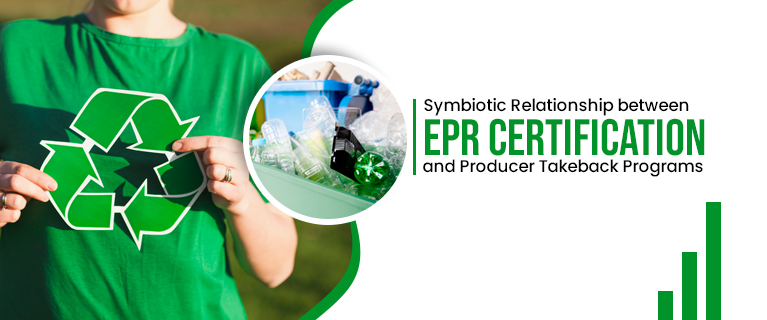Communicating EPR Registration Efforts to Consumers
In the era of heightened environmental consciousness, businesses are increasingly embracing Extended Producer Responsibility (EPR) as a framework to manage the life cycle of their products responsibly. EPR involves producers taking responsibility for the environmental impact of their products throughout their entire life cycle. As companies embark on EPR registration, effective communication with consumers becomes paramount. This comprehensive guide explores the strategies and significance of communicating EPR registration efforts transparently to consumers.
Understanding Extended Producer Responsibility (EPR)
Extended Producer Responsibility represents a paradigm shift in environmental stewardship, shifting the burden of product end-of-life management from consumers and municipalities to the producers. EPR regulations vary globally, but they commonly emphasize waste reduction, recycling, and sustainable product design.
Read Also This – Guide To Getting EPR Certification OnlineThe Importance of Consumer Communication:
Clear and transparent communication with consumers is a cornerstone of successful EPR implementation. Engaging consumers in the journey towards environmental sustainability not only fosters trust but also empowers them to make informed choices that align with eco-friendly practices.
Strategies for Effective Communication:
1. Educational Campaigns:
Initiate comprehensive educational campaigns to inform consumers about the concept of EPR registration and its positive environmental impact. Use various channels, including social media, websites, and product packaging, to disseminate easily digestible information.
2. Inclusive Language:
Craft communication materials using inclusive language that resonates with a diverse audience. Avoid jargon and complex terminology, making the information accessible to a broad demographic.
3. Highlighting Environmental Benefits:
Emphasize the positive environmental outcomes of EPR registration. By illustrating how responsible product management contributes to waste reduction, resource conservation, and a healthier planet, we can communicate the significance of EPR Registration.
4. Integration with Brand Values:
Align EPR communication with the overall brand values and sustainability initiatives. This integration reinforces authenticity and demonstrates a genuine commitment to environmental responsibility.
5. Interactive Platforms:
Leverage interactive platforms to engage consumers actively. Create online forums, webinars, or social media spaces where consumers can ask questions, share insights, and participate in discussions related to EPR registration and environmental sustainability.
Components of Transparent Communication:
1. Clear Messaging:
Craft clear and concise messages that communicate the company's commitment to EPR registration and its tangible benefits. Avoid ambiguity and ensure that consumers understand the specific actions being taken.
2. Accessible Information:
Make information easily accessible through multiple channels. Utilize websites, product labels, and customer service interactions to provide detailed information about EPR initiatives.
3. Visual Communication:
Incorporate visual elements to enhance communication. Infographics, charts, and videos can effectively convey complex information and capture the attention of consumers.
4. Progress Updates:
Regularly update consumers on the progress of EPR initiatives. Share achievements, milestones, and any adjustments made to improve environmental impact. This ongoing communication demonstrates transparency and accountability.
Read Also This – EPR Certificate and Producer AccountabilityConclusion
In conclusion, effective communication of EPR registration efforts to consumers is not just a corporate responsibility; it is a strategic investment in a sustainable future. By fostering transparency, educating consumers, and integrating EPR initiatives into overall brand messaging, businesses can cultivate a consumer base that values and supports environmentally responsible practices.
As consumers increasingly prioritize eco-conscious choices, businesses that proactively communicate their EPR efforts stand to gain not only in terms of customer loyalty but also in contributing to a global movement towards a more sustainable and responsible approach to product life cycles. Through collaborative efforts, businesses and consumers can build a future where environmental responsibility is not just a choice but a shared commitment to the well-being of the planet.



Comments
Post a Comment